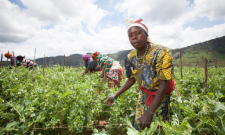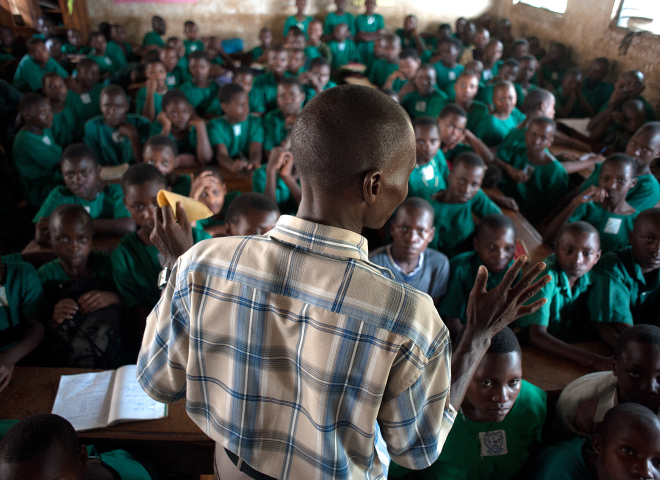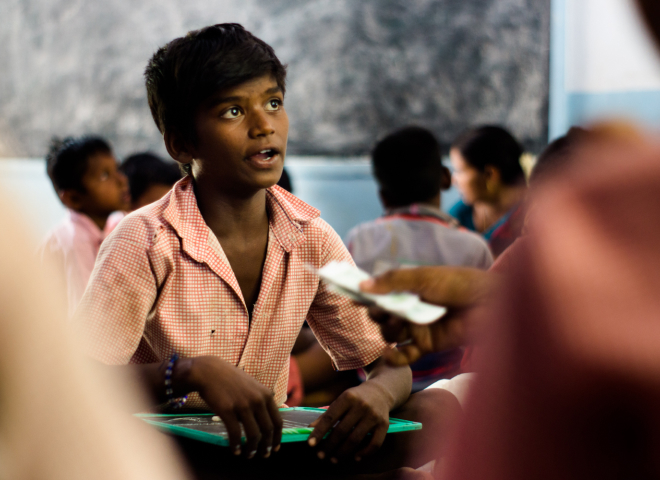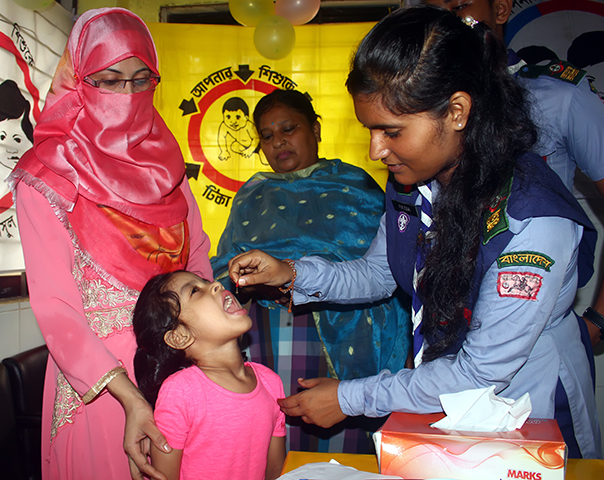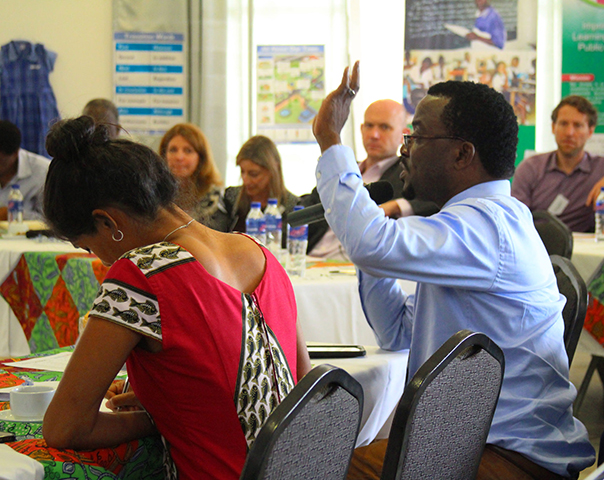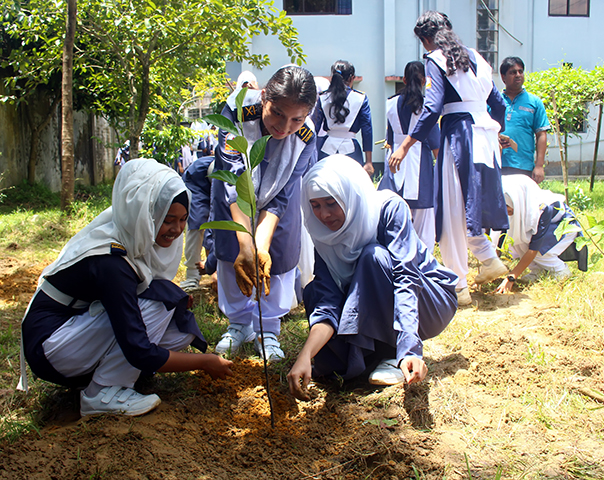Features Section Title
Research Findings
Repeater Feature Title
A Faith-Based Couples' Counseling Program Reduced Intimate Partner Violence in Uganda
Read More
Repeater Feature Title
The Impact of Reliable Electricity on Maternal and Newborn Healthcare in Rural Uganda
Read More
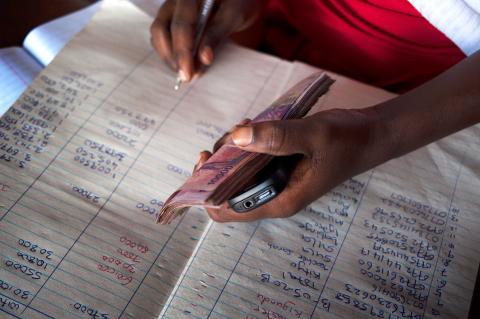
Repeater Feature Title
Budget Transparency and Political Oversight in Uganda
Read More
Policy Impact
IPV
IPA Uganda is working with the IRC, World Vision, and Church of Uganda to scale up a couples' counseling program that was proven to reduce intimate partner violence (IPV). Discussions are underway on how to integrate lessons from this intervention into the Church of Uganda’s programming.
Teacher Training
IPA Uganda, Development Innovation Lab, Kimanya-Ngeyo are working with the Ministry of Education and Sports to explore the possible adaptation and scale-up of a promising teacher training model.



